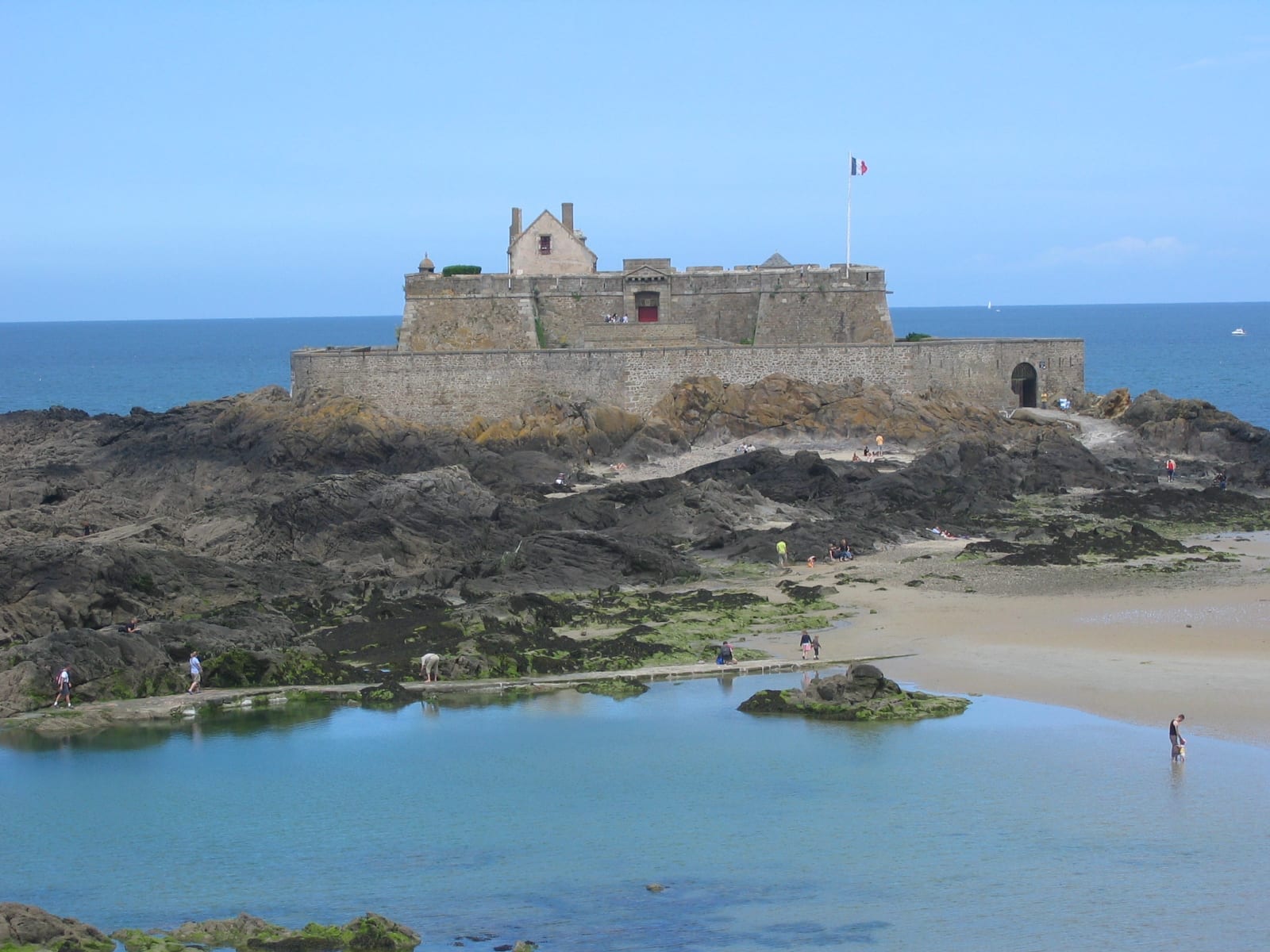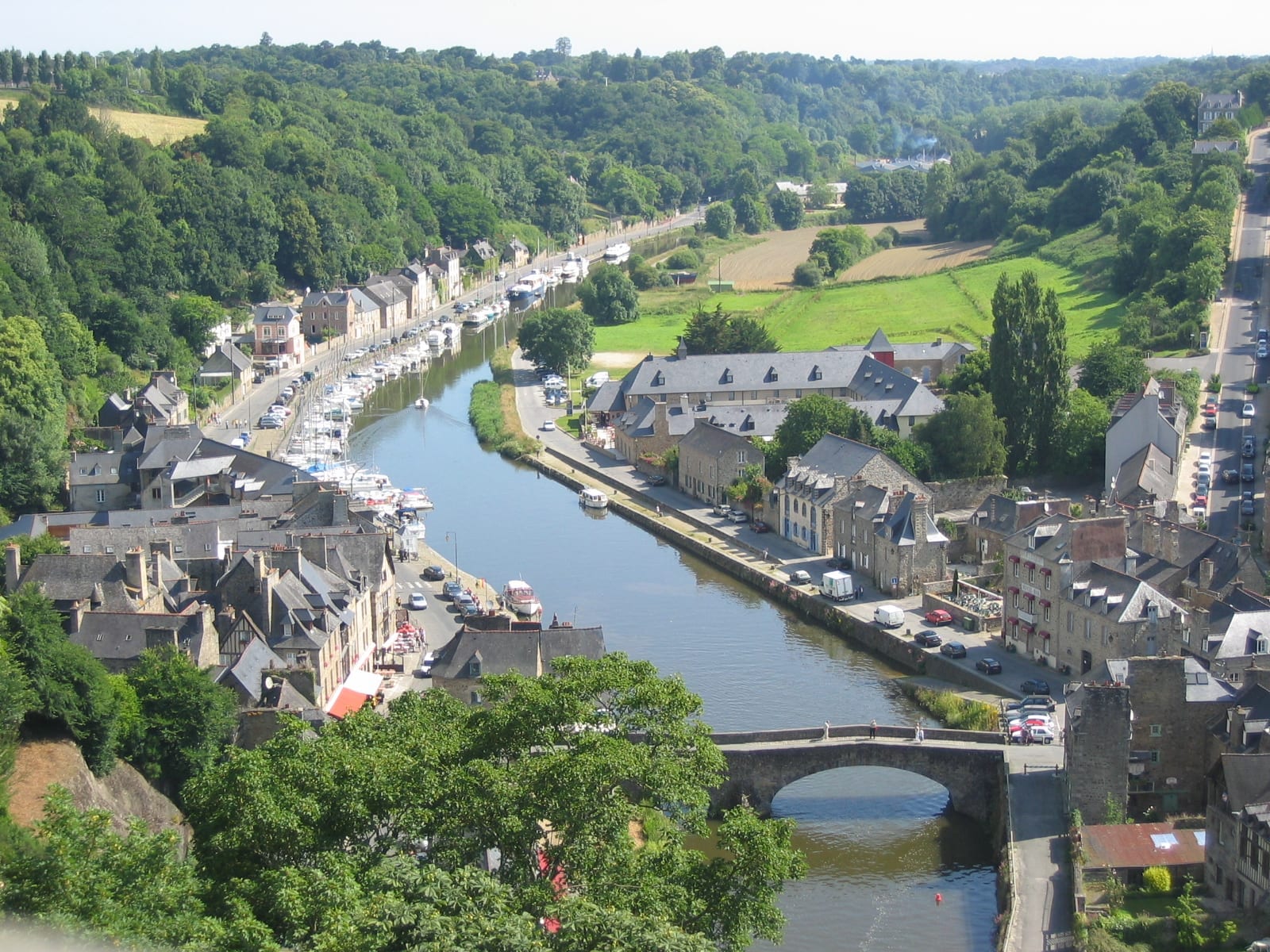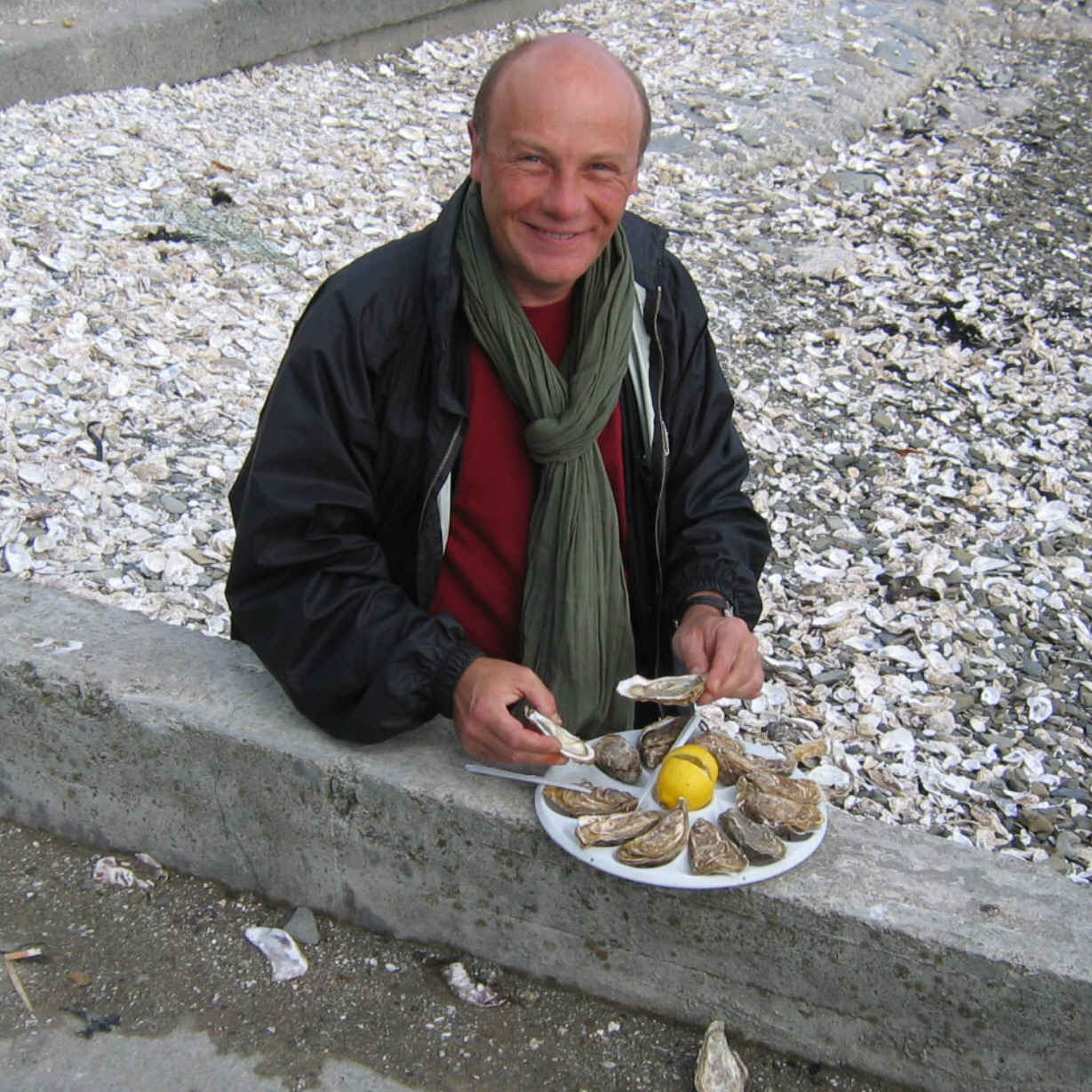When you travel to the French Riviera or Paris in the summer months, you may be surprised to find many Brits and Americans but not many French voices around. As with many popular tourist destinations, when visitors start flooding in, the locals get out of town. One particularly popular location for the French, especially for Parisians, is the region of Brittany. Brittany is a peninsula that juts off the west coast of France, bordered by the English Channel to the north, the Bay of Biscay to the south, and the Celtic Sea and Atlantic Ocean to the West. If you’re looking for an idyllic getaway with all the charm, great food, and scenic coastal views of France, but without the hustle and stress of big city destinations, try Brittany.
So, what’s so special about Brittany? Brittany is a blend of jaw-droppingly beautiful scenery and ancient traditions. Its Celtic roots remain strong, recalling Ireland with its festivals and concerts. Inland, you will find forests and rural villages, while the coastline offers a diversity of delights, whether it be a waterfront hotel in a lively resort town or a quaint, isolated cottage. Its cuisine is some of the best in France, featuring crêpes, omelettes, galettes (gluten-free, buckwheat pancakes), a variety of fresh seafood, and crisp cidre.
On our small group gourmet tour of Normandy and Brittany this coming June, we visit these three iconic Breton harbor towns:
- St. Malo: This busy fishing port is surrounded by enormous medieval walls, dating from the 12th century. St. Malo became a bustling port for both merchants and pirates in the 17th and 18th centuries. Strolling along its winding cobblestone streets lined with ancient buildings feels like you’ve gone back to the era of privateers. It’s hard to resist peeking in all the restaurant windows – you could spend days feasting on fresh seafood: scallops, mussels, langoustine, oysters. Watch the 40-foot tide roll all the way out, revealing two granite islands. The first island is home to a majestic fort and the other, the tomb of the writer Chateaubriand. Both can be visited at low tide.
- Dinan: Dinan is another historic, walled-in village. The medieval center is brimming with half-timbered houses that escaped the bombings of World War II. Simply walking around the town is a magical experience. You’ll notice that for many old buildings the first floor is smaller than the second, with posts to support the upper floors. In medieval times, taxes were based on the size of the first floor, so homeowners built their houses with the second floors hanging out over the streets. The overhang provided a sheltered area for shop owners to sell their goods in the rain. In medieval times, it even protected visitors and passersby from the chamber pots emptied from windows above. After exploring the town, you can take a boat ride on the River Rance, visit the old port for a meal, stroll along the ramparts, or head to the top of St. Catherine’s Tower for a view of the port and the river.
- Cancale: This picturesque fishing port is world famous for its oysters. Make a point of visiting the oyster market at the end of the promenade for the lowest prices you’ll ever see. We recommend buying a bottle of wine and sitting on the wall, while you eat your fill of oysters and toss the shells back into the ocean. For oyster lovers it just doesn’t get any better than this!
With its unique cuisine, cozy inns and restaurants, and beautiful rocky coast, consider Brittany for your next travel destination. Don’t want to fret about the details and planning? Join us in June 2017 for an exquisite cultural and culinary experience on our Olde Ipswich Tour to Brittany and Normandy!





